Time To Celebrate And Light A Fire!
We decided to celebrate Robin's birthday in the Polish/German style with sausages, sauerkraut and a fire bowl dessert! Great fun and we were blessed with Mike Andersen who stopped by and joined the merry crowd!
We must give thanks to Kerstin and Hans for i ntroducing us to this magical celebration, called Feuerzangenbowle, of making mulled wine even more delicious.

For once I am taller and weigh less than Mike!

We suggested she soak it in water first...
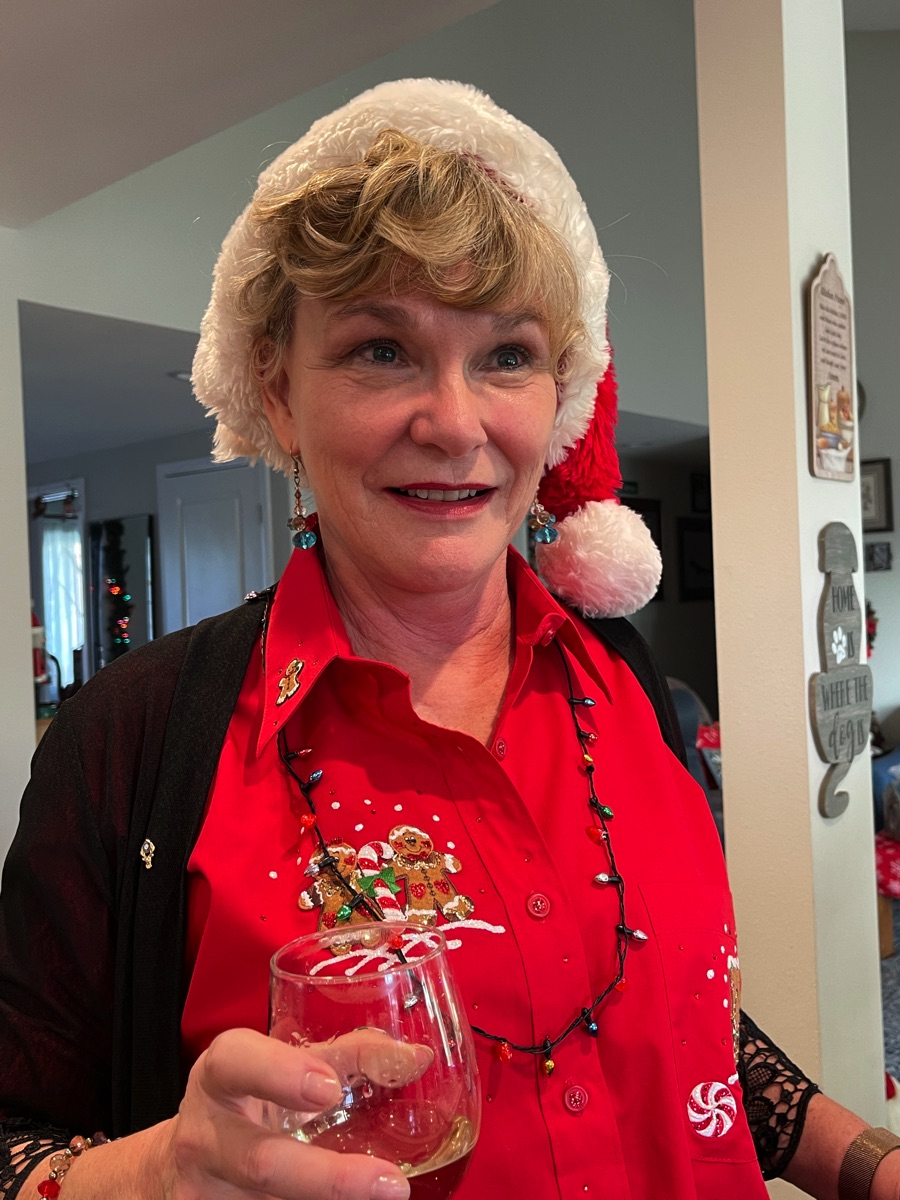
Mary watches over everything carefully
A Minnie Mouse purse; we knew she would like that!
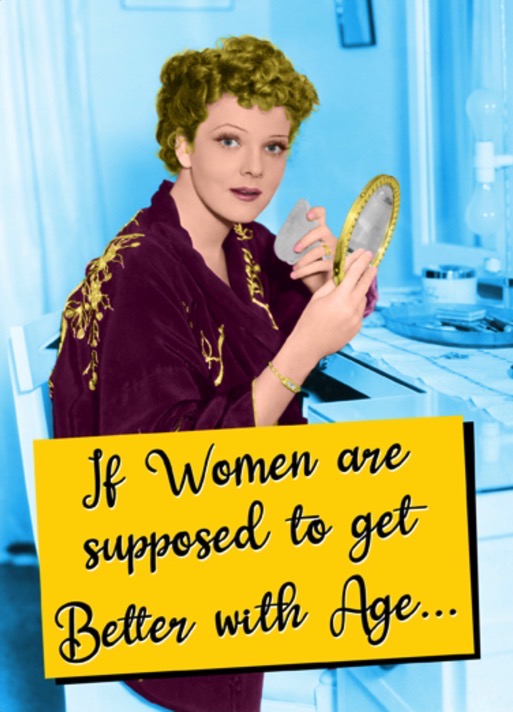
Robin ought to be about perfect!!!

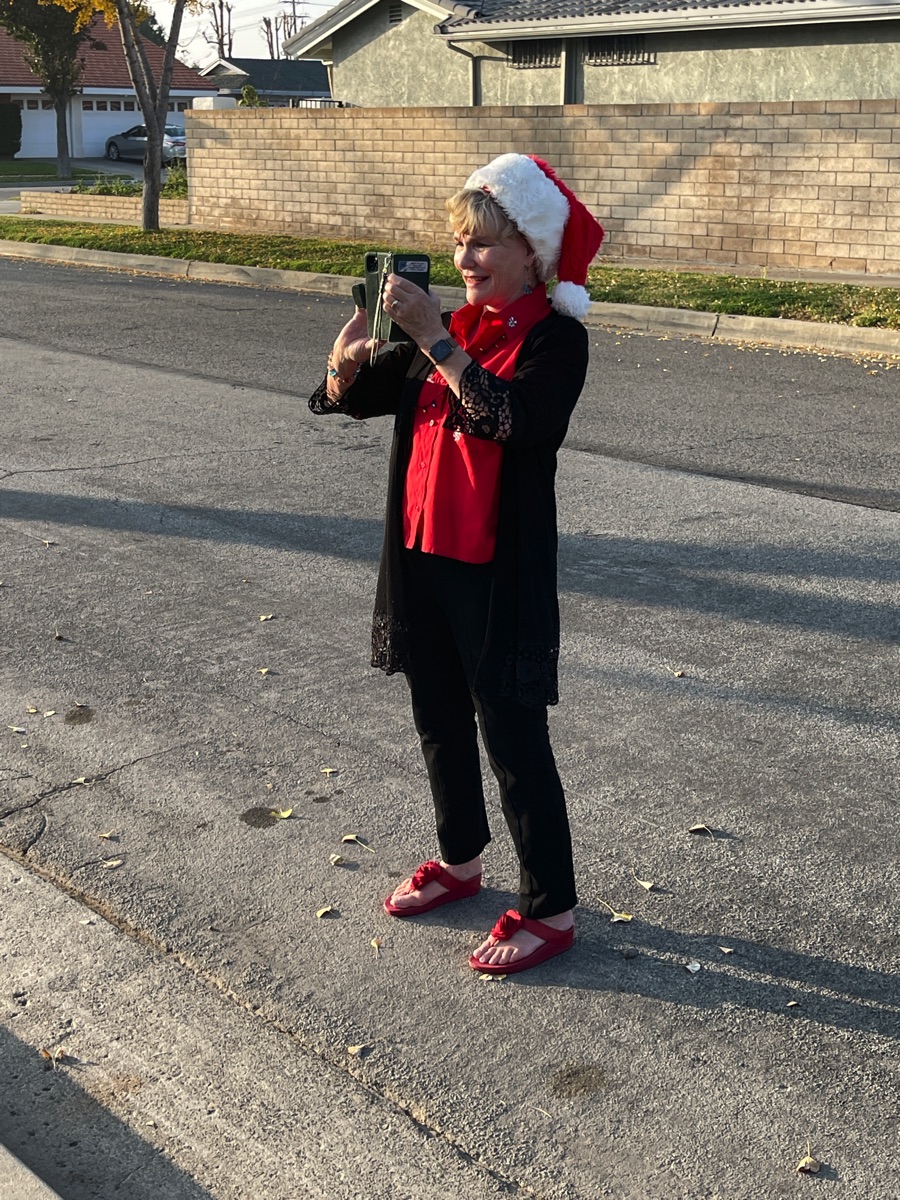
Mary The Brave; She stands her ground and stops traffic!
Thank you Mike for doing the honors!
That is one group to be fearful of!

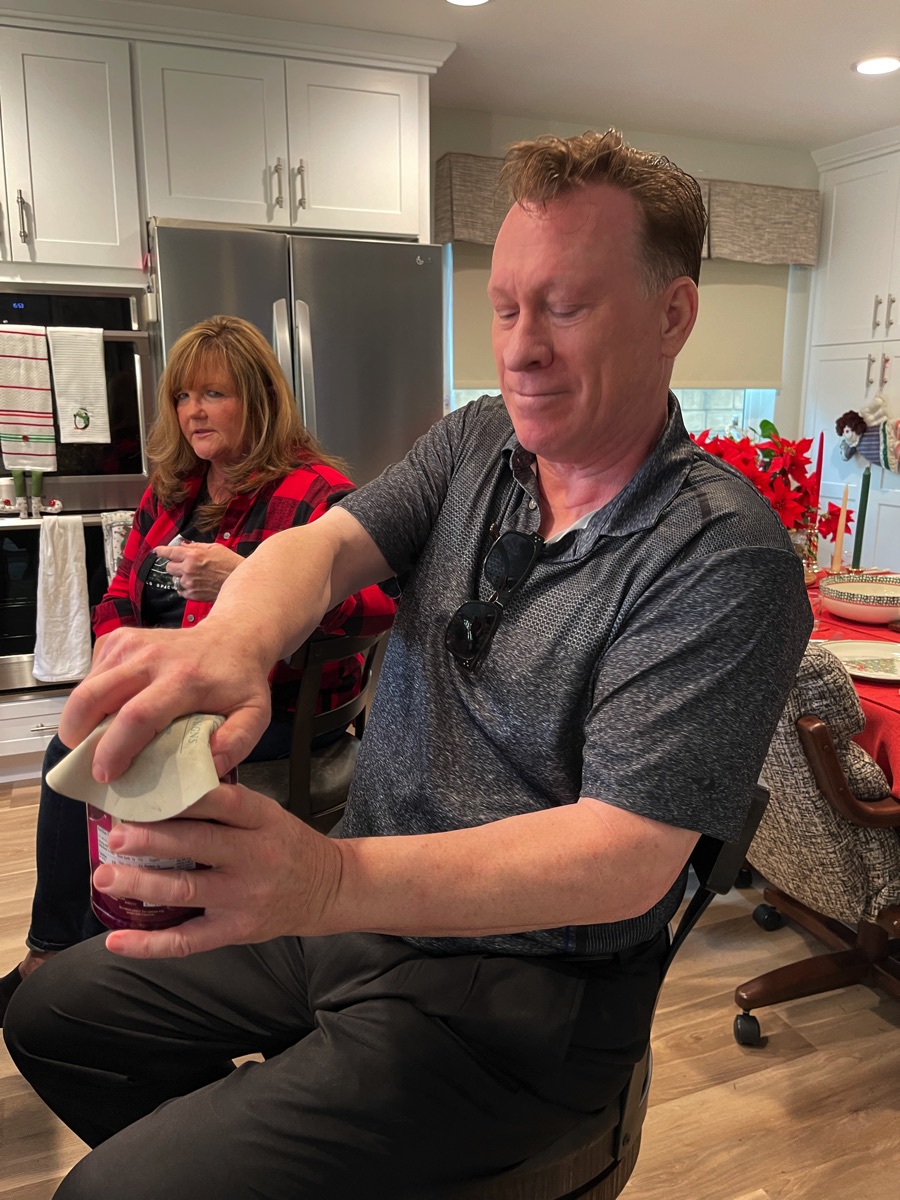
Mighty Mike breaks open the seal!

Meanwhile the slicer and dicer is running at top speed!

Time for a quick break to refuel the engine
Mary and Bob make a good team!

There is a lot of finger pointing going on here!
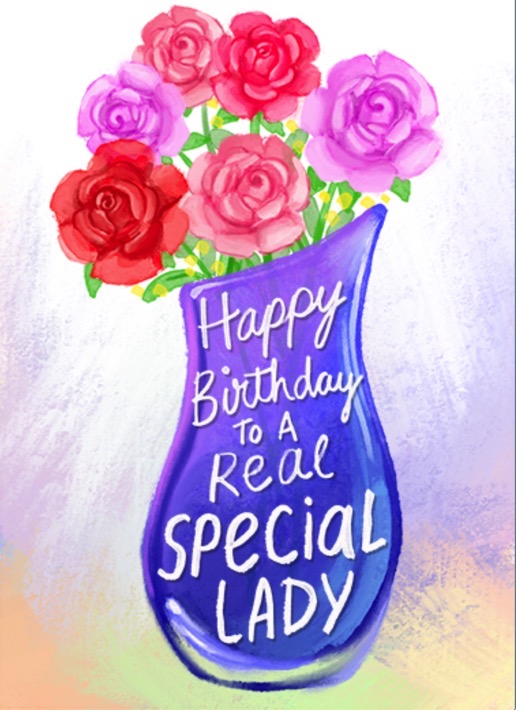

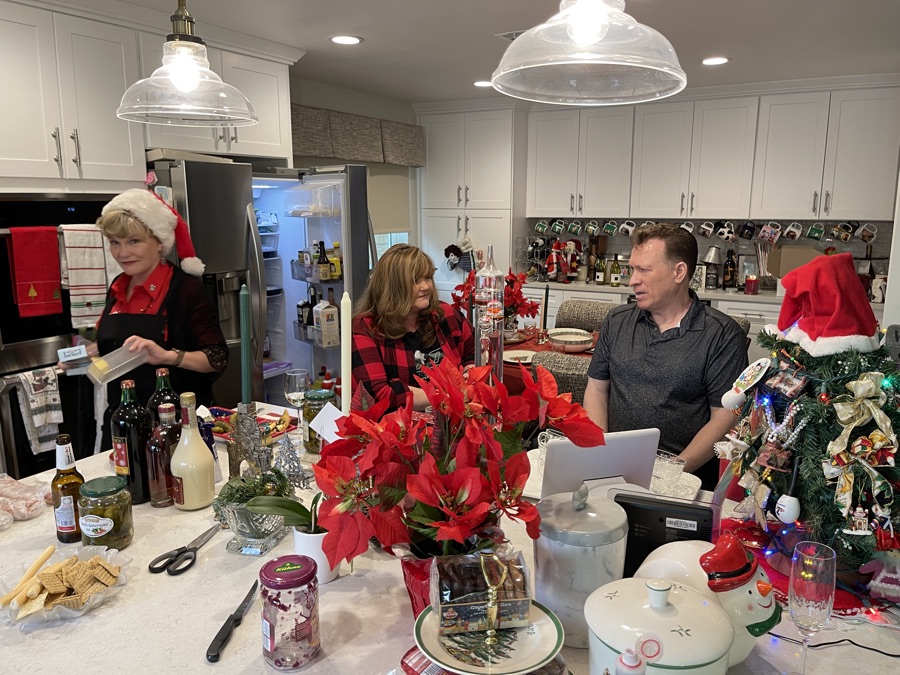
Telling stories and giggling a lot makes time pass until the cooking is done!


The meal smells wonderful!

Boarding House Rules are in observance this evening!

It's a feast!


She operates with surgical precision!
(Mary is yelling in
the background, "SLICE THAT SUCKER")

She did well, still had all ten fingers after the cutting was completed!


Mike prays for the largest piece; rest assured, I will help him get his wish!

The Robin pose!
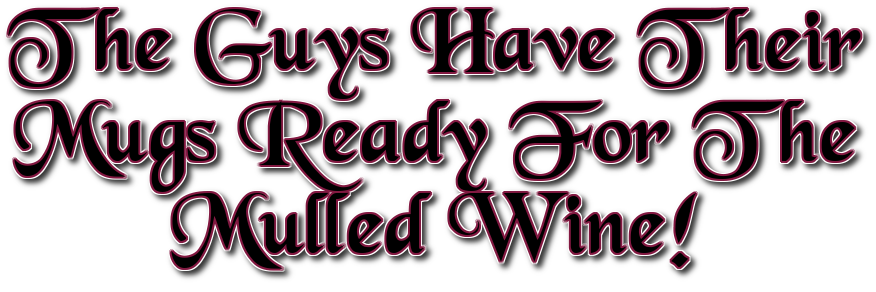
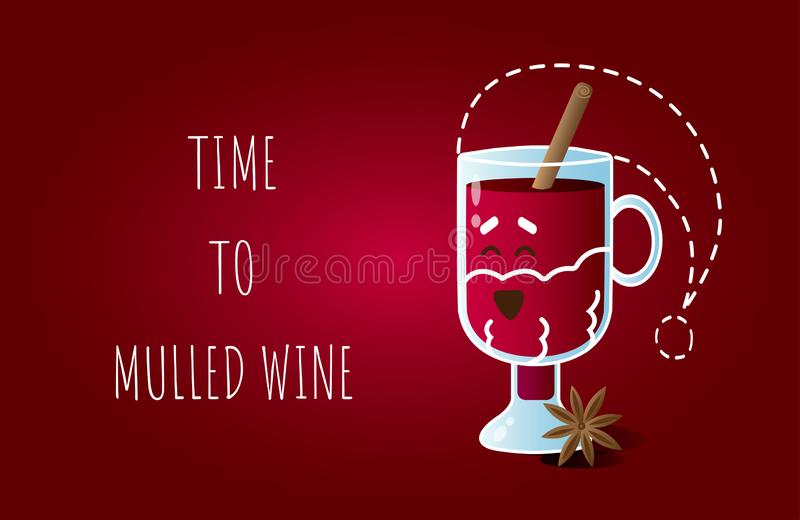
Scout is looking for his bowl

Did You Know? Die Feuerzangenbowle (The Fire Tongs Bowl, The Punch Bowl) is a German novel, later adapted into several films, which tells the story of a famous writer going undercover as a pupil at a small town gymnasium after his friends tell him that he missed out on the best part of growing up by being educated at home. The story in the book takes place during the Weimar Republic in Germany. The novel by Heinrich Spoerl was published in 1933 and was adapted to film three times. The 1944 movie of the same name directed by Helmut Weiss is the most notable adaptation of the material. This German comedy classic was one of the last big movie productions in Germany before the start of the Nazi era and since the 1980s has gained cult status at German universities.
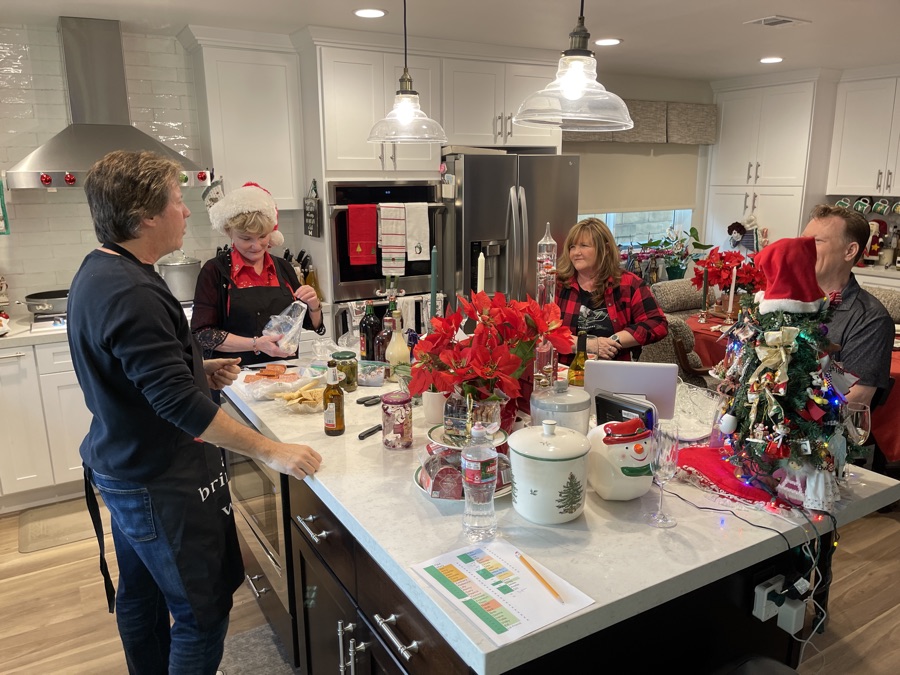
The preparations are underway!
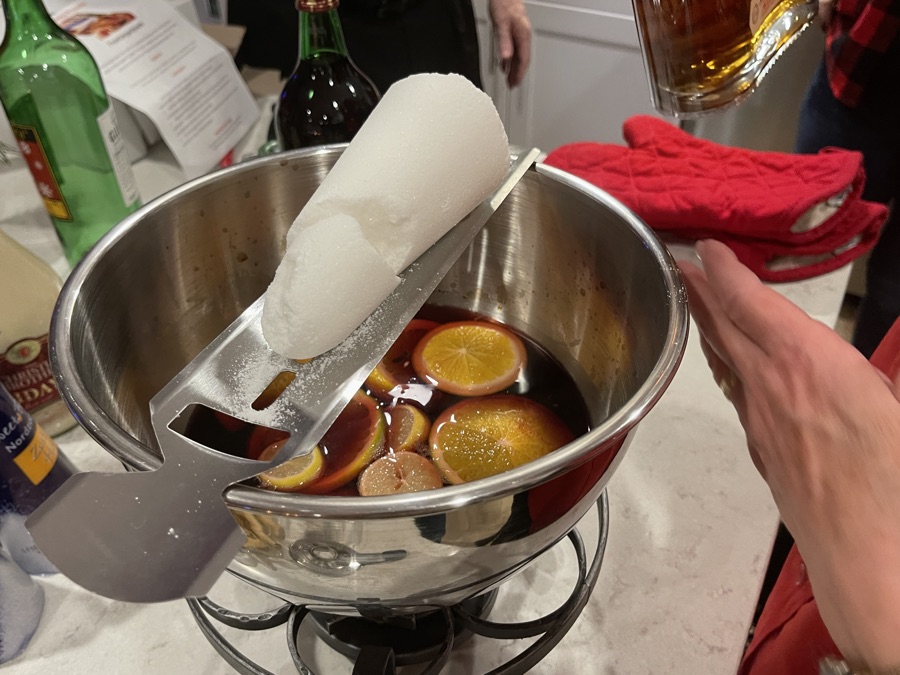
The cone awaits his basting with 100+ proof rum!
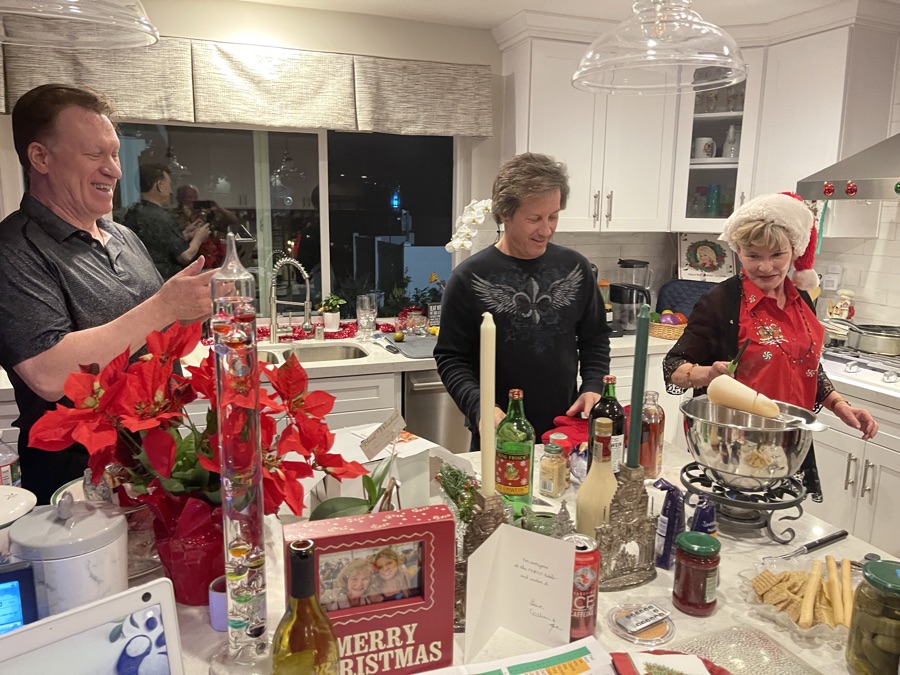
That sucker is now officially soaked!
Did You Know? It's been more than a few hundred years since mulled wine was invented but since inception, all of its ingredients have remained the same. When immigrants from European countries arrived in North America they bought mulled wine with them. Even after all these years, the staple ingredients for mulled wine have always been red wine and cinnamon sticks. These are widely used even to this day.
Mulled wine is a traditional beverage that has been on offer for the past few centuries. The oldest documented Glühwein (a type of mulled wine) mug is attributed to Count John IV of Katzenelnbogen, a German nobleman who was the first grower of Riesling grapes. This gold-plated lockable silver mug dates back to 1420.
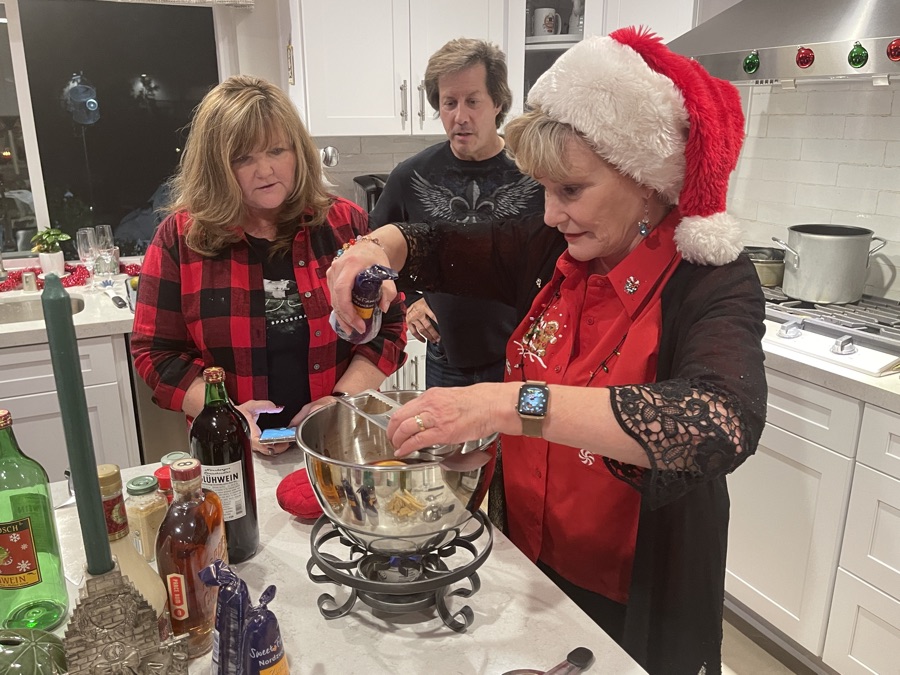
The rum is sloshed onto the sugar cone;
the fumes waft throughout the house!

All the cameras are out and clicking away!

This is going to be fun!
Did You Know? - Feuerzangenbowle is prepared in a bowl, similar to a fondue set, which usually is suspended over a small burner (rechaud). The bowl is filled with heated dry red wine spiced with cinnamon sticks, cloves, star anise and orange peel, similar to mulled wine.
The Feuerzange was originally a pair of tongs, but nowadays it is common for a purpose-designed metal grate mounted on top of the bowl to hold the Zuckerhut (sugarloaf or literally "sugar hat"), a sugar cone around seven inches long.
The sugar is soaked with rum and set alight, melting and caramelizing. The rum should have at least 54% alcohol per volume and be at room temperature in order to burn properly.
More rum is poured with a ladle until all the sugar has melted and mixed with the wine. The resulting punch is served in mugs while the burner keeps the bowl warm. For some the ceremony is more important than the drink itself, celebrating the gathering of friends and conveying a notion of Gemütlichkeit.

Now comes the fire
and the sugar will begin to melt!

This is Mary's first time.
and she is doing an outstanding job
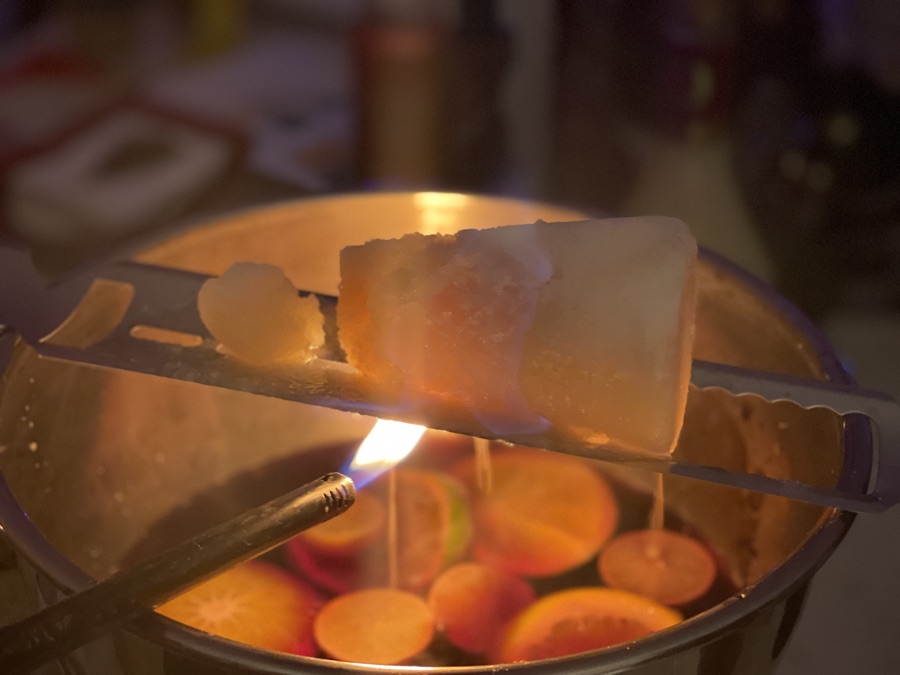
We could see through the cone

Drip drip drip goes the calories!
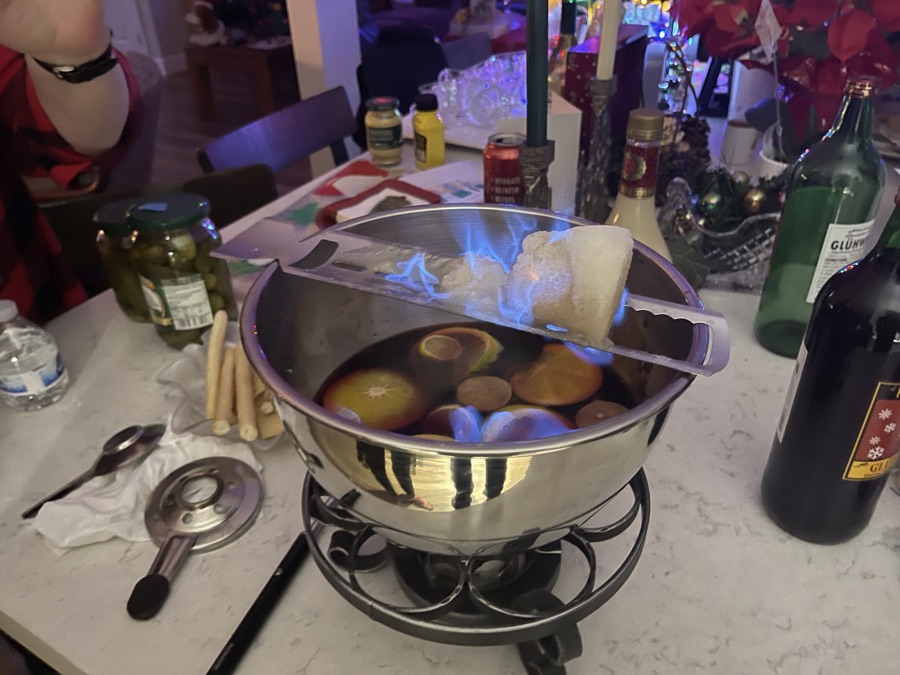
The cone is almost gone!
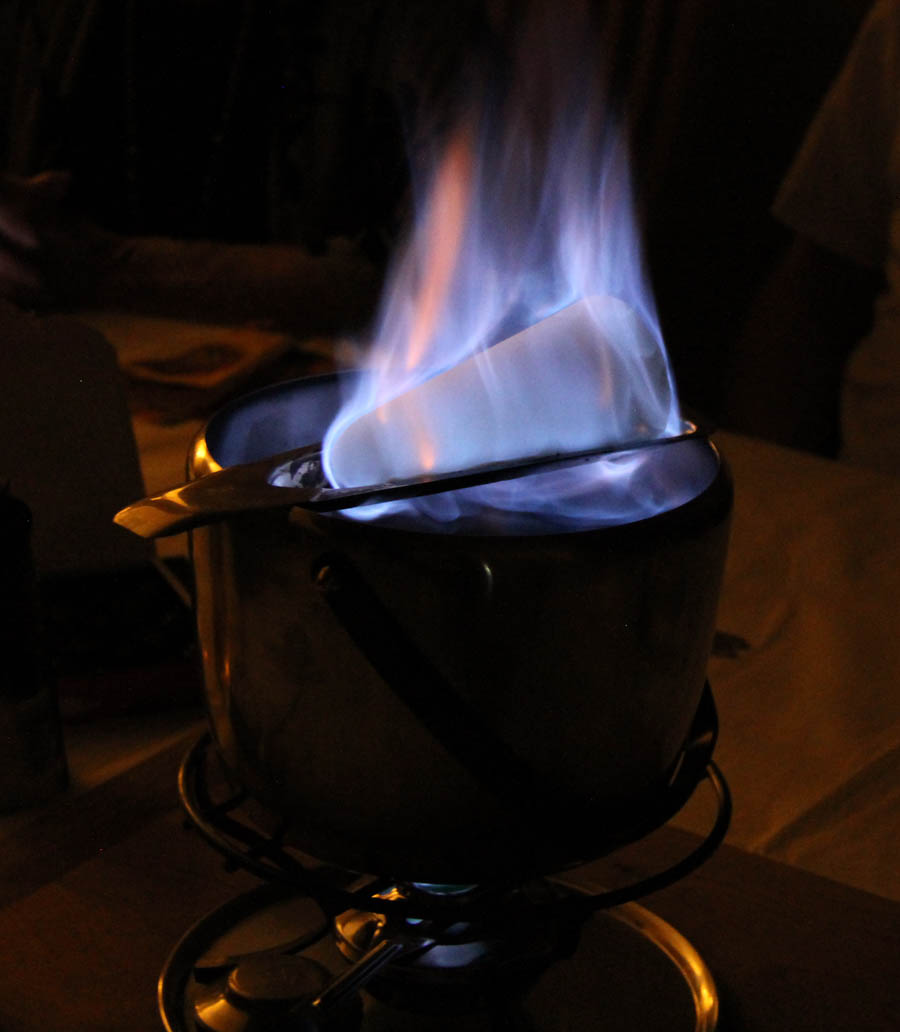
With the lights turned off!
Did You Know? - Blue flames are due to incandescence of very fine soot particles that are produced in the flame. With increasing oxygen supply, less black body-radiating soot is produced due to a more complete combustion and the reaction creates enough energy to excite and ionize gas molecules in the flame, leading to a blue appearance. Color also tells us about the temperature of a candle flame. The inner core of the candle flame is light blue, with a temperature of around 1800 K (1500 °C). That is the hottest part of the flame.

Mike captures the moment

All smiles; things are going well!

Very little of the original cone remains!

The final steps, cleaning the bridge!


Taste testing is now officially underway!
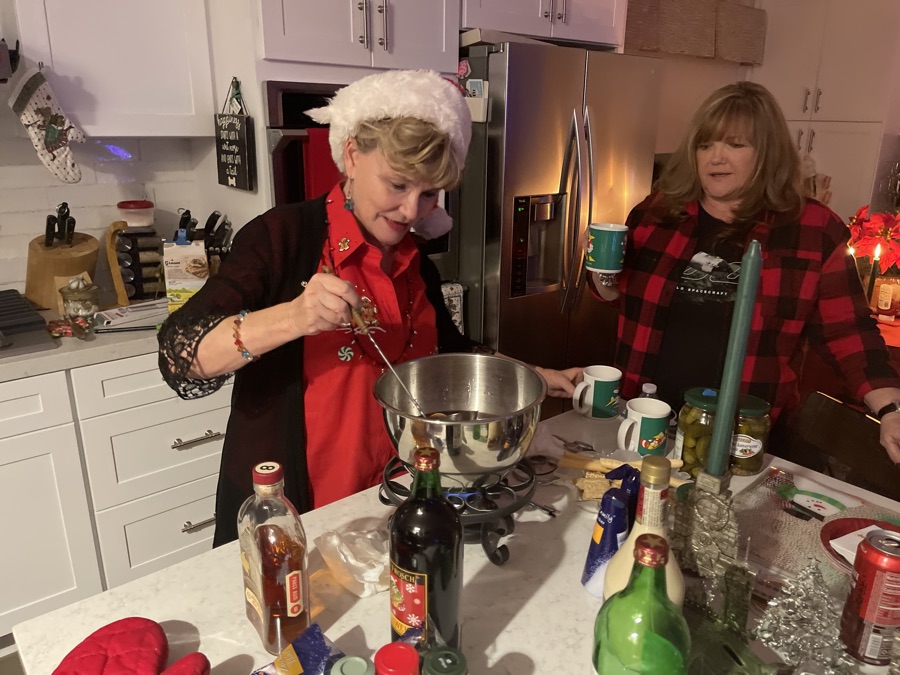
The fumes are removing the paint from the ceiling!

Careful; do NOT spill any on the floor!


What a wonderful surprise!
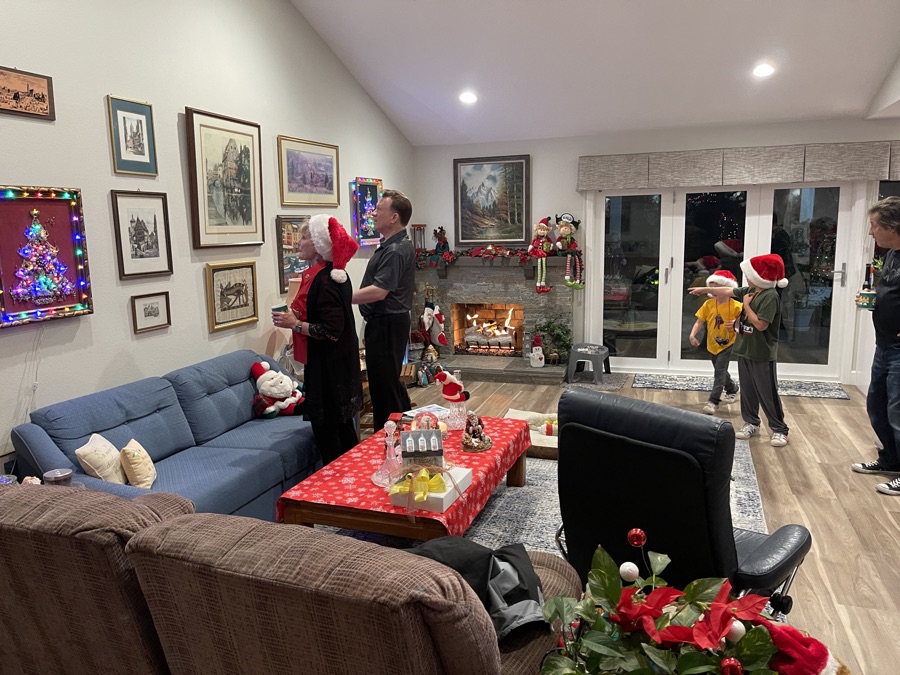
We all examined Mom's jewelry trees

The boys were wound up like eight-day clocks!
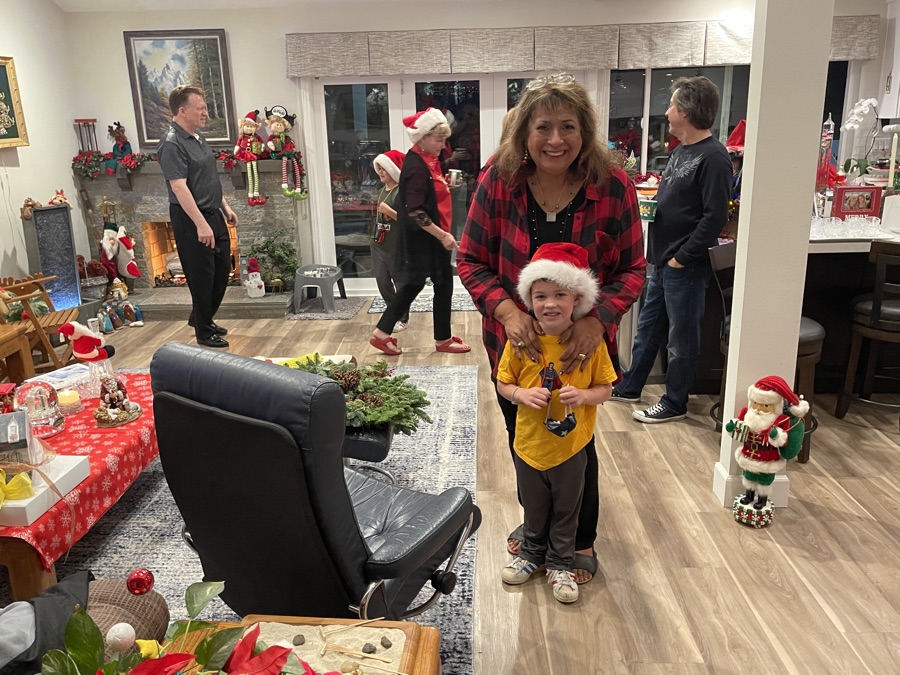
They we happy to see Dr. Mary and Farmer Paul
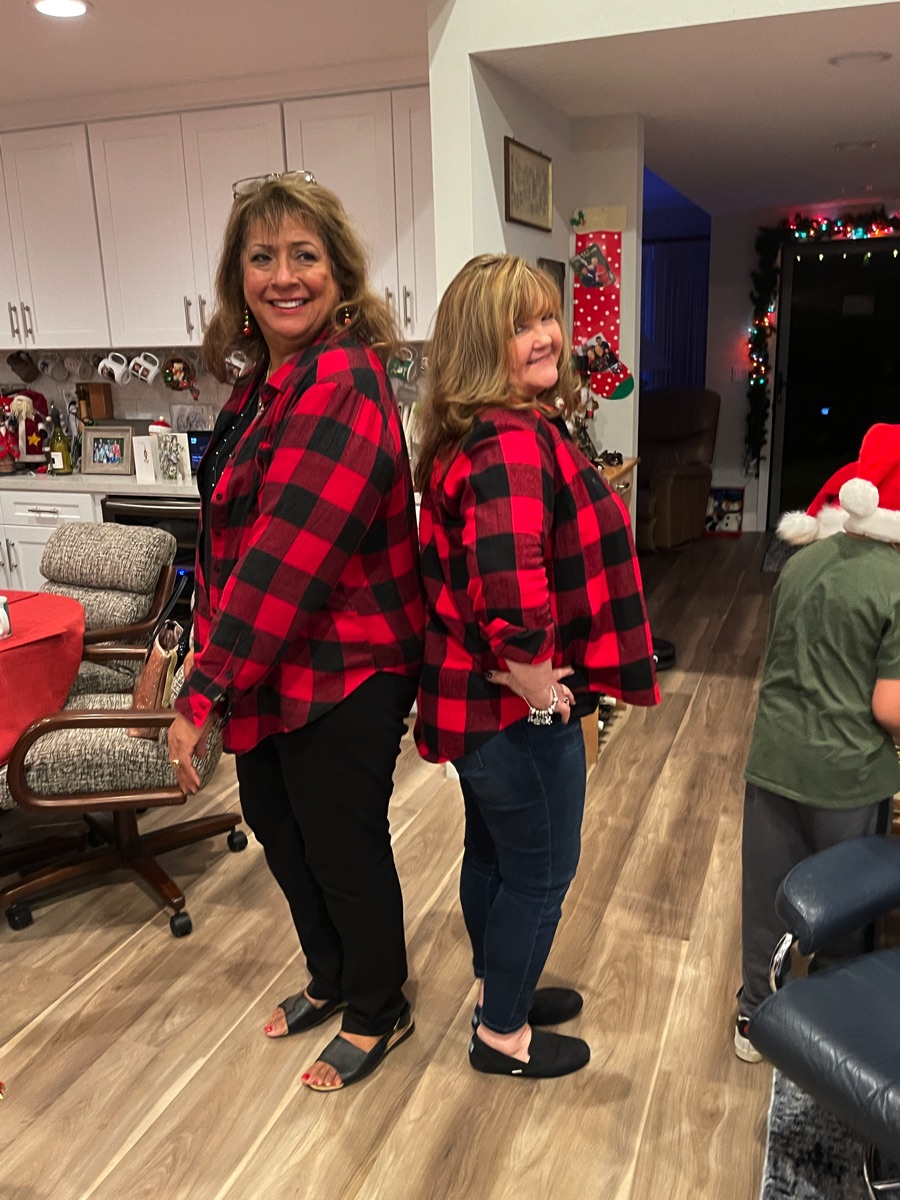
We had our own fashion show

